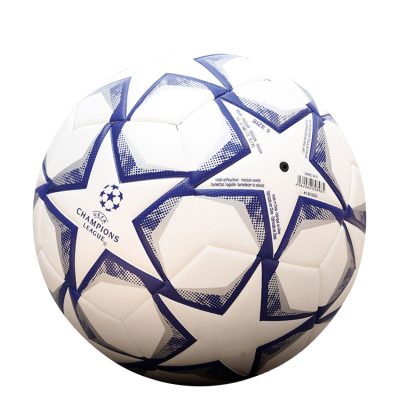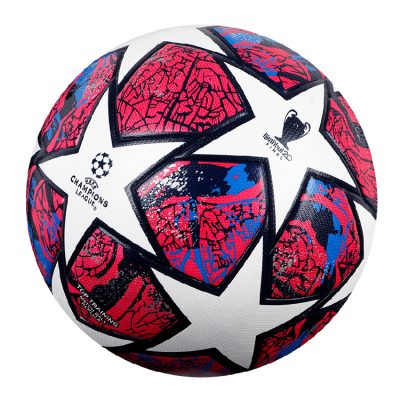Soccer’s requirements for the playing field
1. Field area: The competition field should be rectangular, its length should not be more than 120 meters or less than 90 meters, and its width should not be more than 90 meters or less than 45 meters (the length of the international competition field should not be more than 110 meters or less than 100 meters). m, the width shall not be more than 75 m or less than 64 m). In any case, the length must exceed the width.
2. Line drawing: The competition venue shall draw clear lines according to the plan, the line width shall not exceed 12 cm, and shall not be made into “V”-shaped grooves. The two longer lines are called sidelines, and the shorter ones are called goal lines. Draw a line across the field in the middle of the field, called the midline. An obvious mark should be made in the center of the venue, and this point should be the center of the circle, with a radius of 9.15 meters, and a circle should be drawn called the middle circle. A flat-topped flagpole with a height of not less than 1.50 meters should be erected on each corner of the venue, and a small flag should be attached to it; similar flags and flagpoles can be erected at least 1 meter away from the sidelines facing the centerline on both sides of the venue.
3. Goal area: On the goal line at both ends of the playing field 5.50 meters from the inside of the goal post, draw a line 5.50 meters long and perpendicular to the goal line into the field, one end is connected to the goal line, and the other end is drawn a connection The line is parallel to the goal line, and the area within the range of these three lines and the goal line is called the goal area.
4. Penalty area: On the goal line 16.50 meters from the inside of the goal post at both ends of the playing field, draw a line 16.50 meters long and perpendicular to the goal line into the field, one end is connected to the goal line, and the other end is drawn a connection The line is parallel to the goal line. The area within the range of these three lines and the goal line is called the penalty area. A clear mark is made at the midpoint of the two goal lines and measured 11 meters vertically to the field, which is called the penalty point. With the penalty point as the center and 9.15 meters as the radius, draw an arc outside the penalty area, called the penalty arc.
5. Corner kick area: With the intersection of the sideline and the goal line as the center, with a radius of 1 meter, draw a quarter of the arc into the field. The area inside the arc is called the corner kick area.
6. Goal: The goal should be set in the center of each goal line, consisting of two horizontal crossbars with a distance of 7.32 meters, equal distance from the west corner flag point, upright goalposts and a lower edge of 2.44 meters from the ground. To ensure safety, both fixed and movable goals must be stably fixed on the field. The width and thickness of the doorposts and crossbars shall be symmetrical and equal, and shall not exceed 12 cm. The net is attached to the post and the crossbar and the ground behind the goal. The net should be properly propped up to give the goalkeeper plenty of room to move, and the material of the net should be hemp, jute or nylon. Nylon rope may be used, but not thinner than hemp or jute rope.

























